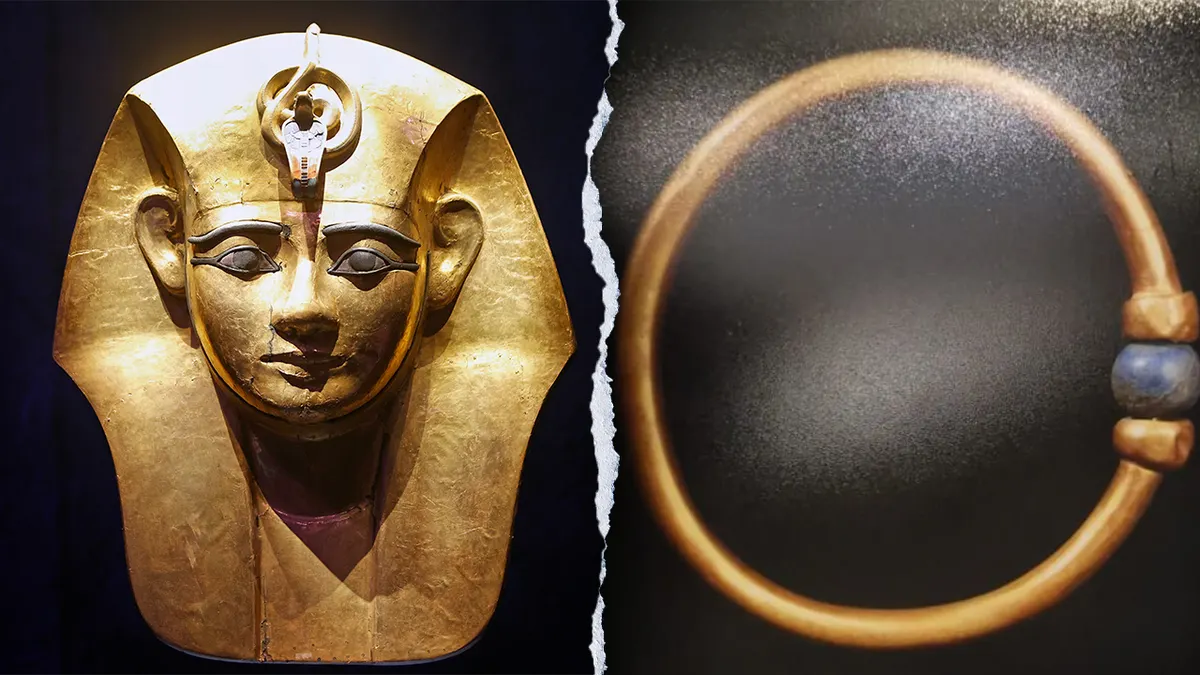
Egyptians expressed outrage after authorities revealed that a 3,000-year-old bracelet of Pharaoh Amenemope was stolen from Cairo’s Egyptian Museum and melted down. Tourism and Antiquities Minister Sherif Fathy announced the theft occurred on September 9 while staff prepared artifacts for an overseas exhibition in Italy.
He blamed lax oversight and said prosecutors were investigating, stressing the loss highlighted alarming weaknesses in safeguarding Egypt’s vast and treasured heritage collections. The bracelet, adorned with a lapis lazuli bead, vanished from the museum’s restoration lab, which lacked security cameras, officials acknowledged with embarrassment.
According to investigators, the artifact passed through multiple dealers before being melted for jewelry, a tragic end for a relic surviving three millennia. The Interior Ministry confirmed four suspects were arrested, including a restoration specialist who allegedly handed the bracelet to a Cairo silver shop owner.
The chain of resale saw the relic exchanged for about $4,000, before being melted at a gold workshop into modern ornaments. Security footage released by authorities showed a shopkeeper weighing the bracelet before paying suspects, a haunting glimpse of history’s quiet destruction.
Prominent archaeologist Monica Hanna demanded suspension of overseas exhibitions until stricter safeguards were enforced, warning Egypt’s treasures remain dangerously vulnerable to theft. Human rights lawyer Malek Adly called the case “an alarm bell,” urging comprehensive reforms to protect antiquities both on display and in storage.
Amenemope ruled Egypt from Tanis during the 21st Dynasty, a royal necropolis whose discoveries include golden masks, silver coffins, and ornate jewels. The theft recalled past cultural losses, including the 2010 disappearance of Van Gogh’s Poppy Flowers from a Cairo museum, later swiftly recovered. For Egyptians, the melted bracelet symbolizes more than stolen gold — it is a wound to collective memory and timeless heritage.
